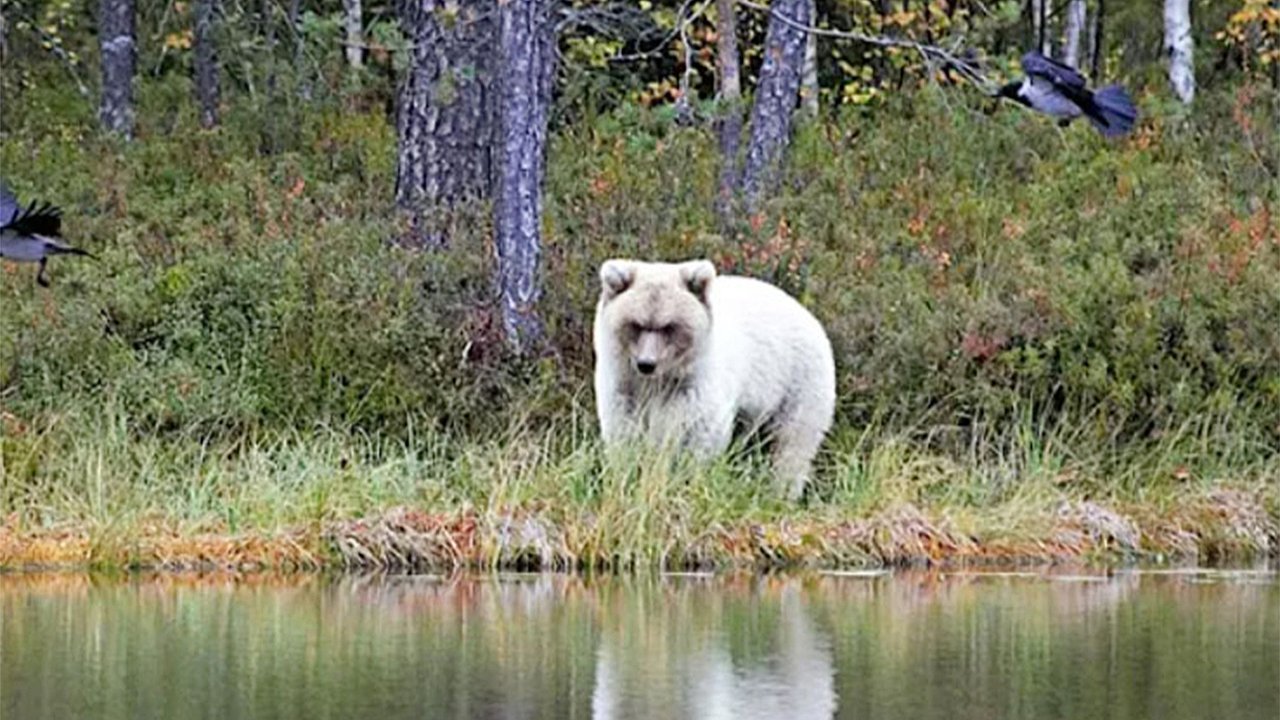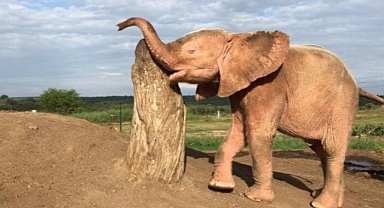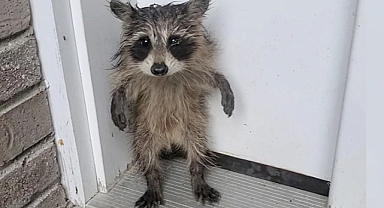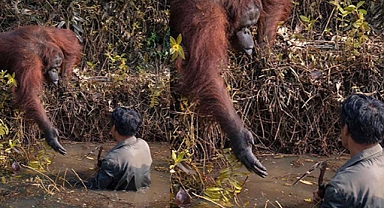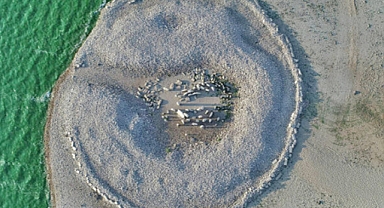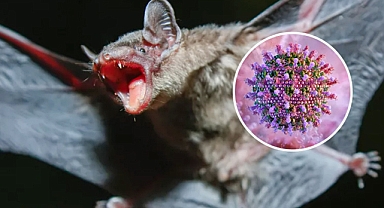A Once-in-a-Lifetime EncounterToivoniemi, an experienced wildlife photographer, described the encounter as an unforgettable moment. "It was truly special. The bear appeared suddenly, and I was fortunate to be in the right place at the right time," he recalled. The bear remained in the area for only 10–15 minutes before disappearing into the wilderness. A previous sighting had been reported, but no photographs had been taken until now.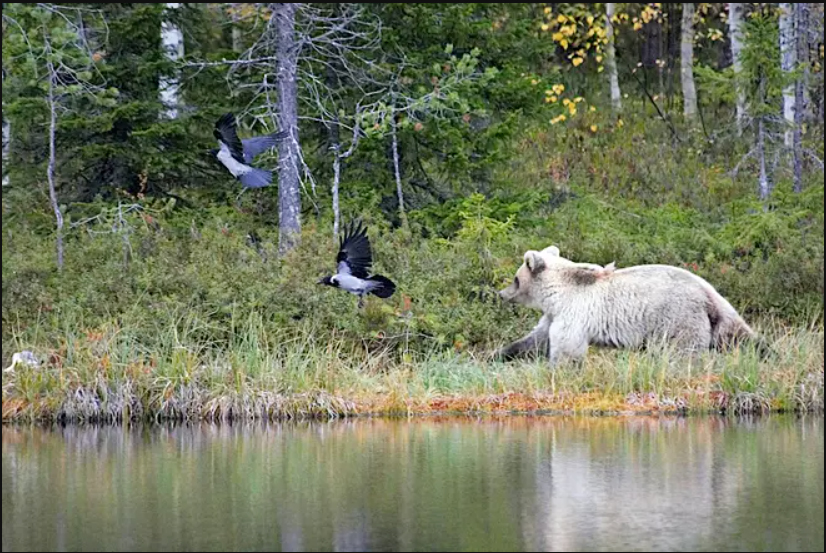
The bear-watching area in Kuhmo Lentiira is known for its active bear population, with observation booths set up for wildlife photographers and enthusiasts. However, despite the frequent bear activity, Toivoniemi emphasized that these animals remain wild and are not domesticated. "They are easily startled, and absolute silence is required in the observation booths," he noted.A Rare Genetic PhenomenonIlpo Kojola, a research professor at the Natural Resources Center, confirmed the rarity of the sighting, emphasizing that such pale-colored bears are uncommon even on an international scale. "This bear is not an albino, but it has an intensely light coat, which is extremely unusual. I don’t recall ever seeing a blond bear like this before," Kojola stated.
The professor suggested that the bear’s light fur is likely due to genetic factors rather than environmental influences. "Unlike birds, which can exhibit color changes due to diet, bears in this region do not have access to food sources that would alter their pigmentation," he explained. Kojola also speculated that this bear might be one of the cubs from a litter first observed in Kuhmo in 2018, which was noted for having light-colored fur.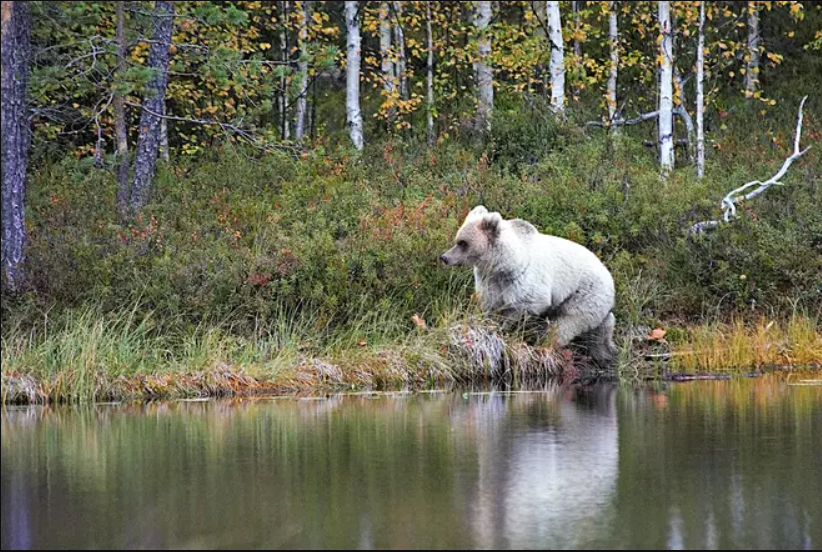 An Unforgettable Moment for a Seasoned PhotographerFor Toivoniemi, who has been photographing nature for 17 years and writes a regular column for a local newspaper, this encounter was particularly special. "This is likely a once-in-a-lifetime experience. You never know what nature will bring, but I doubt I'll see another one like this," he reflected.
An Unforgettable Moment for a Seasoned PhotographerFor Toivoniemi, who has been photographing nature for 17 years and writes a regular column for a local newspaper, this encounter was particularly special. "This is likely a once-in-a-lifetime experience. You never know what nature will bring, but I doubt I'll see another one like this," he reflected.
The presence of this rare white bear has generated excitement among wildlife experts and photographers, adding a fascinating new chapter to Finland’s rich natural history. As researchers continue to study the phenomenon, the sighting serves as a reminder of the wonders that remain hidden in the wild.

The bear-watching area in Kuhmo Lentiira is known for its active bear population, with observation booths set up for wildlife photographers and enthusiasts. However, despite the frequent bear activity, Toivoniemi emphasized that these animals remain wild and are not domesticated. "They are easily startled, and absolute silence is required in the observation booths," he noted.A Rare Genetic PhenomenonIlpo Kojola, a research professor at the Natural Resources Center, confirmed the rarity of the sighting, emphasizing that such pale-colored bears are uncommon even on an international scale. "This bear is not an albino, but it has an intensely light coat, which is extremely unusual. I don’t recall ever seeing a blond bear like this before," Kojola stated.
The professor suggested that the bear’s light fur is likely due to genetic factors rather than environmental influences. "Unlike birds, which can exhibit color changes due to diet, bears in this region do not have access to food sources that would alter their pigmentation," he explained. Kojola also speculated that this bear might be one of the cubs from a litter first observed in Kuhmo in 2018, which was noted for having light-colored fur.
 An Unforgettable Moment for a Seasoned PhotographerFor Toivoniemi, who has been photographing nature for 17 years and writes a regular column for a local newspaper, this encounter was particularly special. "This is likely a once-in-a-lifetime experience. You never know what nature will bring, but I doubt I'll see another one like this," he reflected.
An Unforgettable Moment for a Seasoned PhotographerFor Toivoniemi, who has been photographing nature for 17 years and writes a regular column for a local newspaper, this encounter was particularly special. "This is likely a once-in-a-lifetime experience. You never know what nature will bring, but I doubt I'll see another one like this," he reflected.The presence of this rare white bear has generated excitement among wildlife experts and photographers, adding a fascinating new chapter to Finland’s rich natural history. As researchers continue to study the phenomenon, the sighting serves as a reminder of the wonders that remain hidden in the wild.
